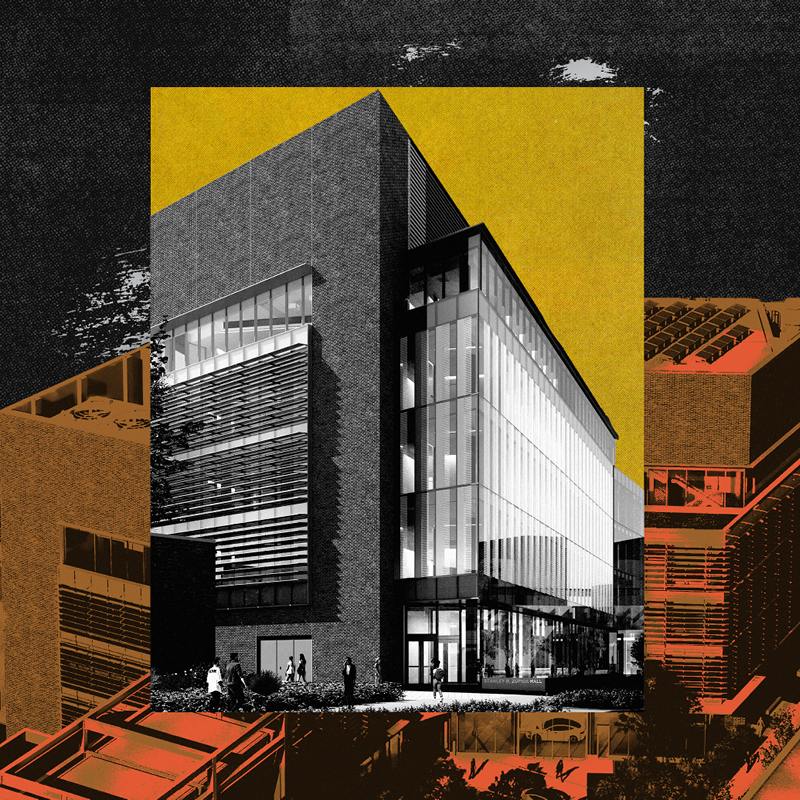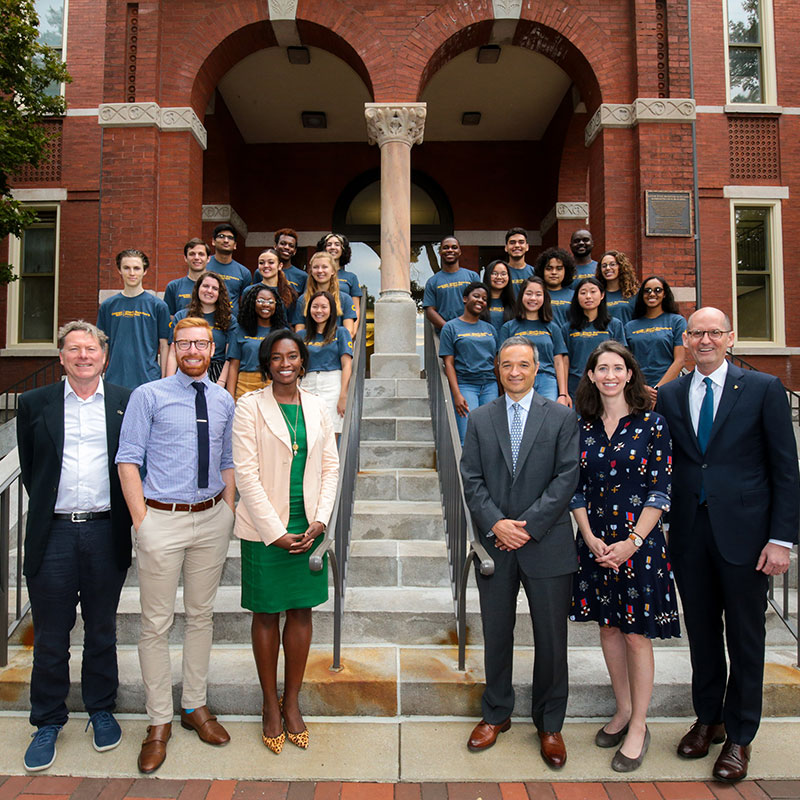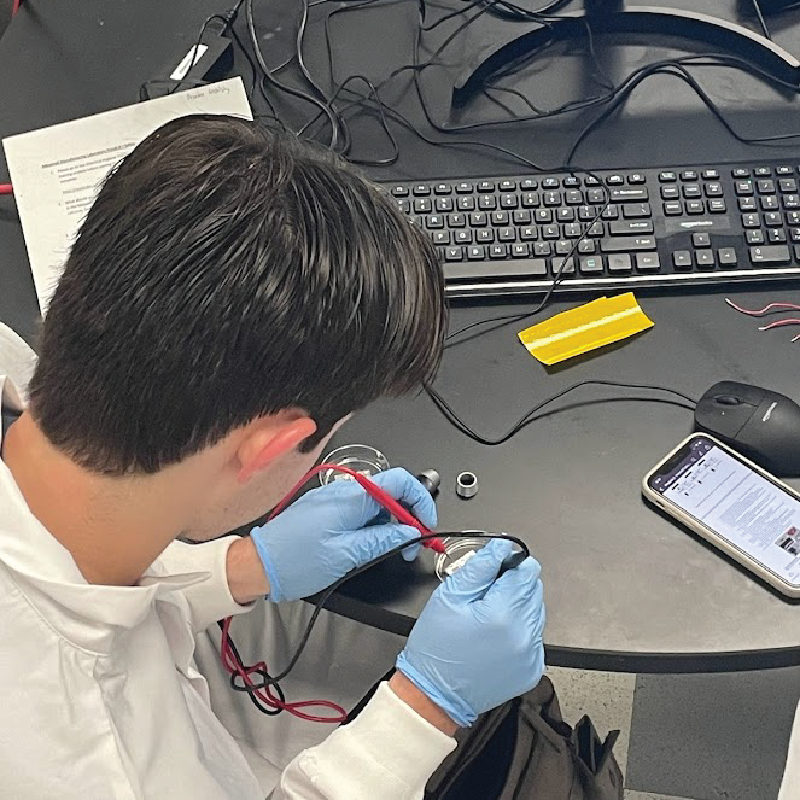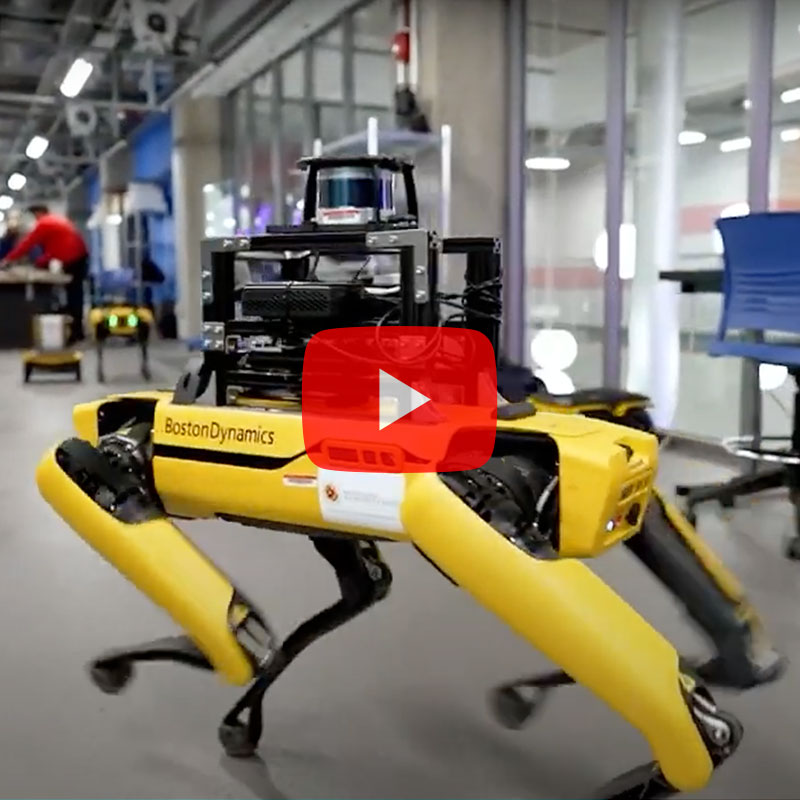Reconstructing Hand Movements Using Brain Signals
February 26, 2010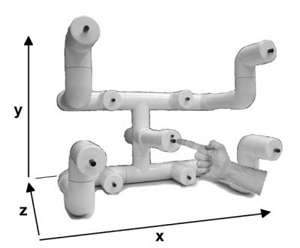
Fischell Department of Bioengineering graduate student Trent Bradberry publishes new research in The Journal of Neuroscience this week demonstrating that it is possible to decode hand movements from the brain's signals through noninvasive means using electroencephalography (EEG) technology. The new techniques could someday assist those who have lost motor function to regain some control over the use of their hands through brain-controlled prostheses.
In this study, brain signals are obtained from EEG sensors on a patient's scalp and hand movements are recorded with a camera system while the patient reaches to targets in three-dimensional space. Afterwards, a mathematical decoding model is built based on these data. Until now, it was believed that it was not possible to use EEG technology to interpret such complex hand movements from brain activity. Using EEG technology is an attractive option for a brain-controlled prosthesis due to its noninvasiveness and portability compared to other methods.

